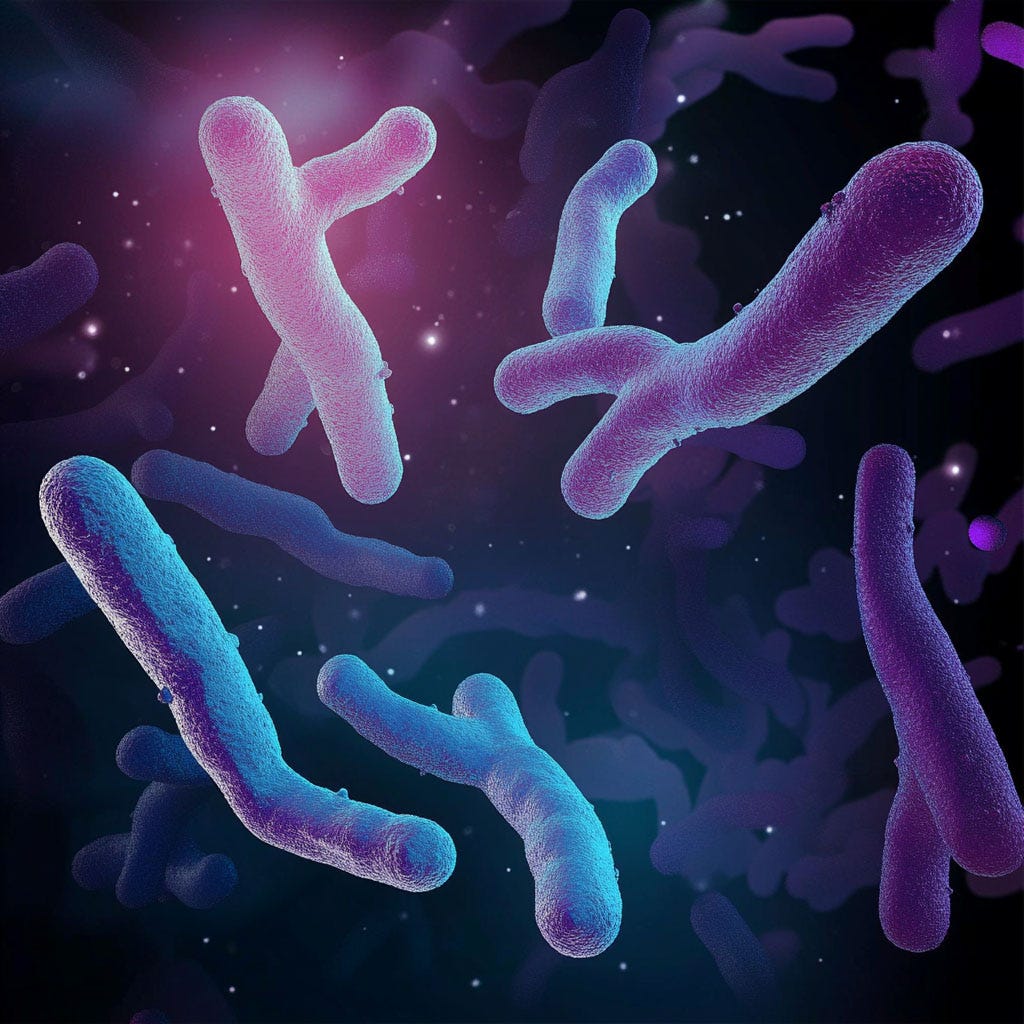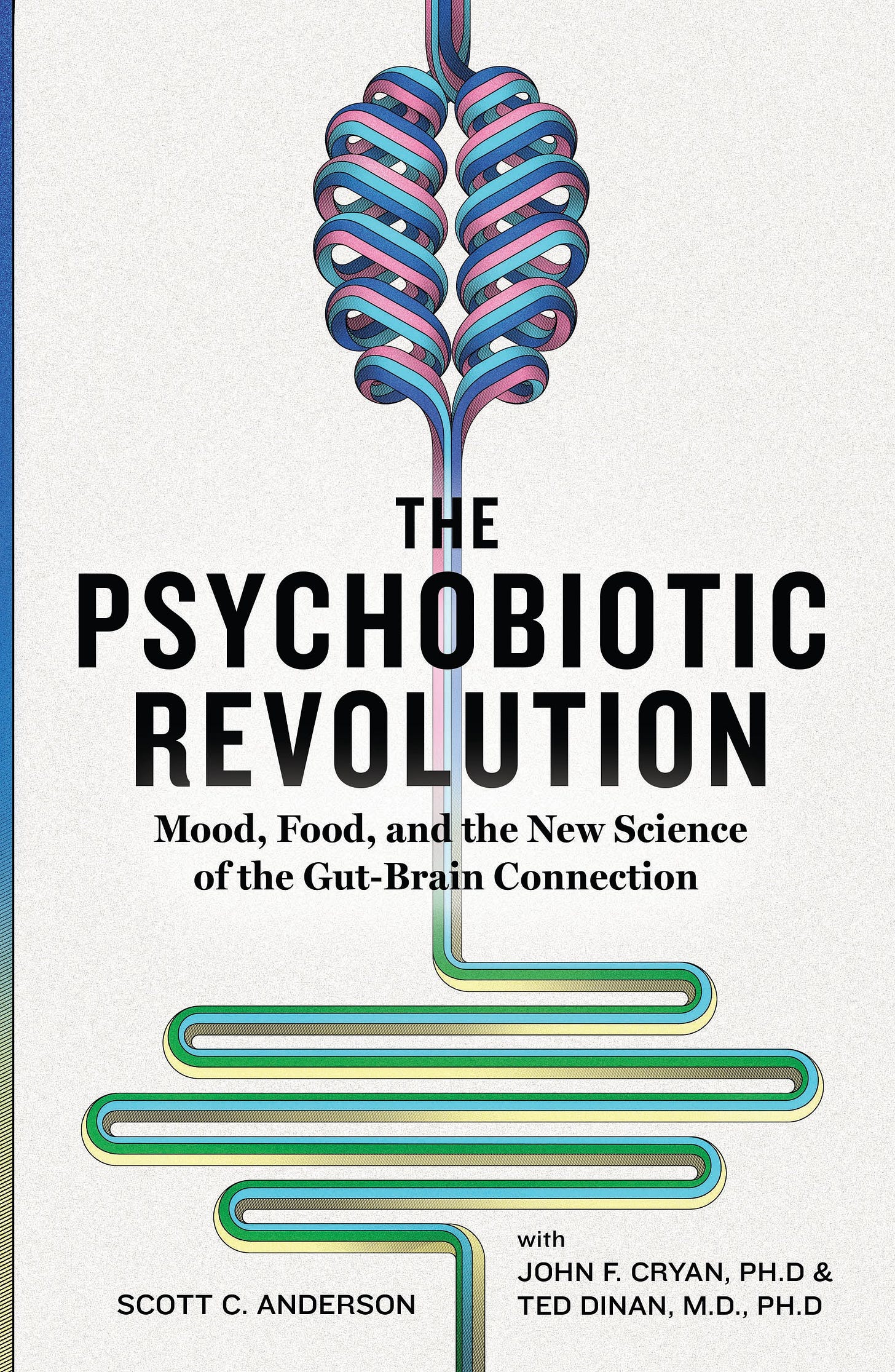A Brief History of the Microbiome
Once people could culture microbes, they quickly found out how important they were to human development.
The following is adapted from The Psychobiotic Revolution:
I have also seen children successfully surmounting the effects of an evil inheritance. That is due to purity being an inherent attribute of the soul. —Mahatma Gandhi
We might take the quote above as a hopeful parable about overcoming genetic tendencies. But purity, alas, is an illusion. Pure as the driven snow? Snowflakes need a seed or "nucleator" to start crystallizing, and up to 85% of flakes use an airborne bacterium for the job. Snow is lousy with microbes.
Even breast milk and our mother’s wombs are not as pure as we have been led to believe. That naïve presumption of purity is largely due to our myopia – until a few decades ago, we just couldn't see the little buggers.
At the birth of the 20th century, a French pediatrician named Henri Tissier learned that babies picked up bacteria with the final squeeze down the birth canal. Tissier was conversant with the latest technology and made good use of it. In particular the development of agar and glass Petri dishes led to a cultural revolution, so to speak.
These beautifully sturdy gels, combined with more powerful microscopes, upended biology. The blurry creatures squirming on these turn-of-the-century slides were starting to come into focus both visually and philosophically.
It was becoming clear that these tiny bacteria shared some kind of kinship with the diverse world of animals. That is: they eat, they poop and they fit into a food chain. They have distinguishing characteristics that let us identify them as distinct creatures. One of the most salient differences from animals, apart from being single-celled and really tiny, is that bacteria don't have sex. At least, not as you normally think of it. But otherwise, they are just as wondrously varied as all the other marvels of nature.
The wonders of baby poop
Looking at baby poop, Tissier discovered that babies who fed on mother's milk had a population of unique microbes he called bifidobacteria because they bifurcated into a 'Y' shape. These had been first described by Theodor Escherich, who published a paper on the gut bacteria of infants in 1886. Escherich had a good eye, and he also spotted a coliform bacterium in baby poop that would soon be named after him: Escherichia coli, better known as E. coli, arguably the most famous pathogen of all time. That's a sobering reminder that we don't always get to specify how we will be remembered. Nevertheless, as we shall see, E. coli is largely a model citizen and does not deserve all of its bad PR.
With his petri dishes properly set up, Tissier was able to culture the bifidobacteria that Esherich had first spotted in baby poop. He had two experimental groups of babies: bottle-fed and breast-fed. In the poop of children reared on cow's milk, Tissier didn't find bifidobacteria. These babies were also not as healthy and often suffered diarrhea. Bottle-fed babies at that time were dying at seven times the rate of breast-fed babies. It was a major problem.
Tissier decided to treat the bottle-fed babies with bifidobacteria and had some amount of success. It was an early attempt to produce a formula to emulate mother's milk, a quest that continues to this day. The British Medical Journal (now just the BMJ) praised Tissier's work. In a 1906 review of his discoveries, they enthused:
"…[bifidobacteria] may restore the intestine to the virginal condition of that of a nursling at the breast, and restore within us the true golden age of digestion."
Lest you think that the hype surrounding the microbiome is recent, note that they followed up with:
"What is there to prevent us from composing scientific hydrocarbonated menus, and at the end of meals, instead of digestive liqueurs condemned by anti-alcoholists, giving petit verres [small glasses] of acidoparalactic or bifidic cultures? There is an opening for a profitable industry."
The "hydrocarbonated" food they were referring to is what we would today call a prebiotic – a food designed to feed the beneficial microbes. In the case of babies, that prebiotic is mother's milk.
Milk-loving microbes
Bifidobacteria infantis has the largest DNA of any other bifido species, partly because it codes for a large protein machine designed to import and digest human milk. It is at this point that we need to marvel at nature for creating a tiny bacterium that dines on, and helps us to dine on, human milk. This is the amazing leverage of co-evolution, where two creatures living side by side for millennia end up creating complex molecules designed to help each other. Far from nature as a bloody horror show – red in tooth and claw – this is more like nature as a buddy movie.
Tissier couldn't know that bifidobacter, along with other microbes, were not only helping with digestion, but were also educating the baby's immune system. That education is every bit as important as its nutritional job, because without it the immune system can attack beneficial bacteria and even the baby's own cells. It can lead to inflammation and may plant the seed for depression and anxiety as the baby grows. Depression and anxiety can have many causes, but this important vector may start to develop even before the baby is born.
Tissier was right about bifidobacteria, but there was much more to the microbiome than he could possibly imagine. In his day, it just wasn't possible to see all the microbes that coat almost every surface imaginable. Oxygen-loving bacteria – aerobes – are easy to culture. Just swab a surface and then swipe it across the agar in a petri dish. Each swipe will grow into a miniature hedge, making bacteria easy to spot and easy to classify. Not so with oxygen-hating bacteria, the anaerobes. They are so finicky that until recently, researchers thought it was impossible to culture them.
Next week, we’ll dive in to newer technologies that opened up a whole new universe of microbial connections. Stay tuned!
This is the bestselling book I wrote with the top two scientists in the field: John F. Cryan and Ted Dinan. They are simply brilliant, and are changing the world one psyche at a time! From National Geographic.






